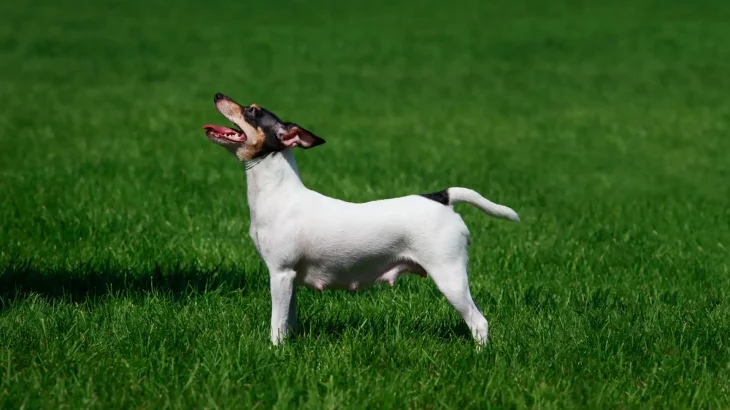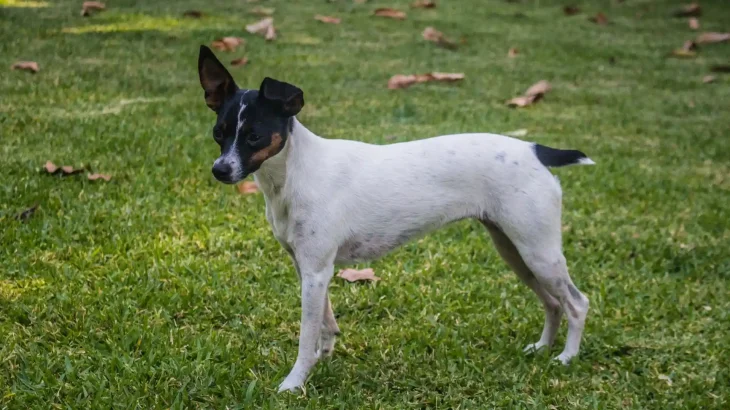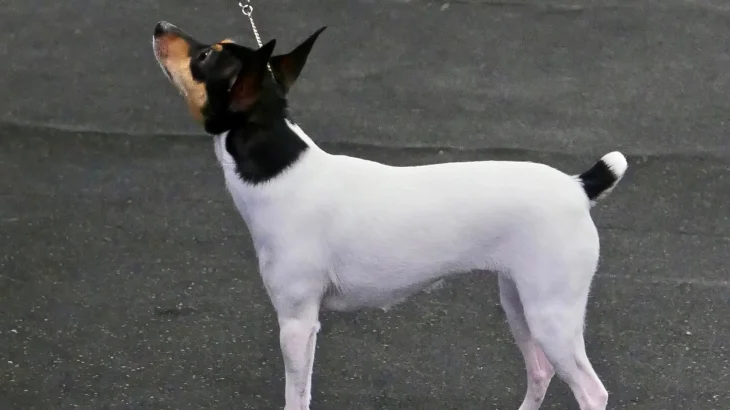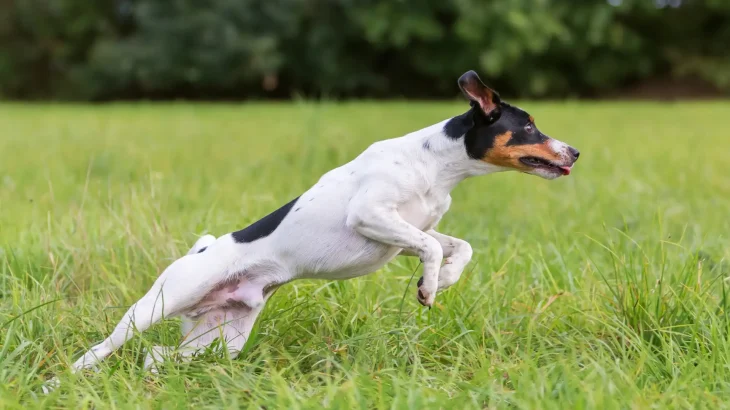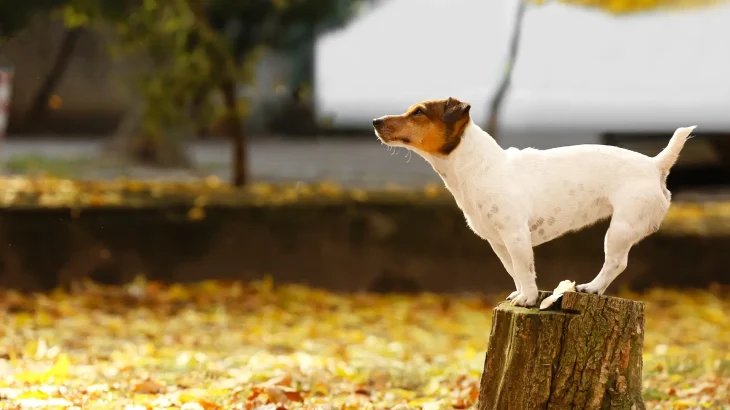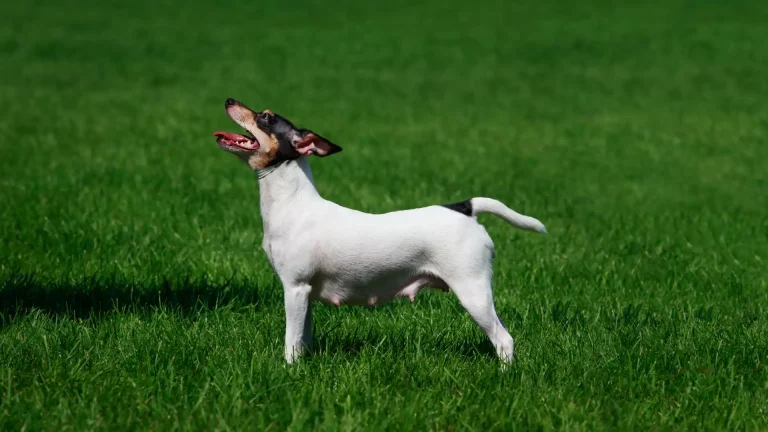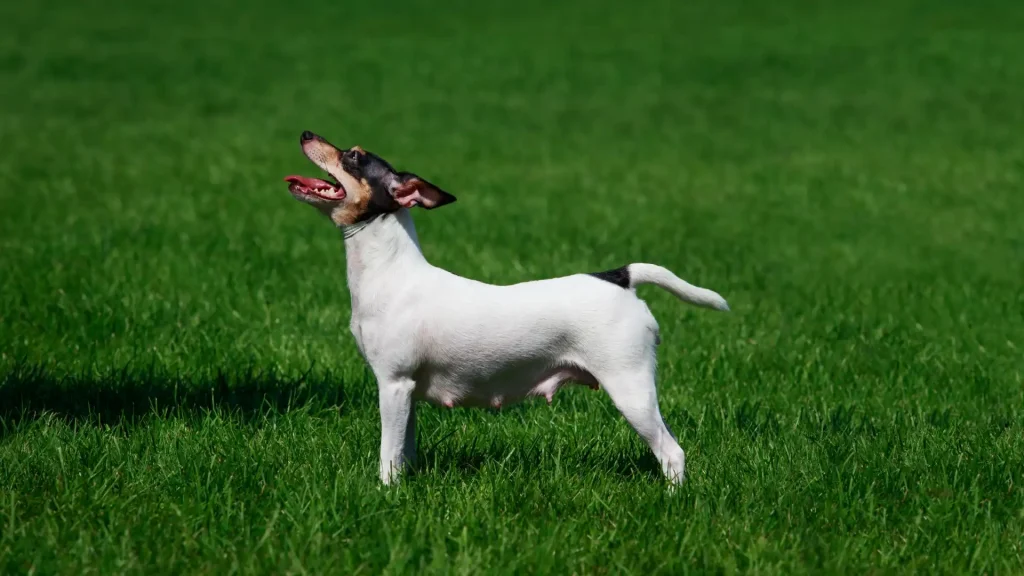When deciding to bring an American Toy Terrier puppy into your home, you may be weighing the option of adopting versus purchasing from a breeder. While adoption often supports animal welfare and can be more budget-friendly, buying from a reputable breeder usually provides clearer insights into the puppy's health history and lineage.
Adoption vs. Breeder: Pros & Cons
| Criteria | Buying from Breeder | Adopting from Shelter/Rescue |
|---|---|---|
| Cost | Higher initial cost reflecting breed purity and lineage. | Lower adoption fees, often including vaccinations and spaying/neutering. |
| Health History | Usually offers detailed health records and genetic screening. | Health history might be incomplete; shelters provide basic screenings. |
| Age Availability | Typically puppies, allowing early bonding and training. | Various ages available, including adults. |
| Temperament Insight | Breeders share info on lineage-related traits. | Shelter staff provide observed behavior but full history may be unknown. |
| Supporting Practices | Supports breeding programs; important to choose ethical breeders. | Promotes animal welfare by rehoming dogs in need. |
| Ethical Considerations | Risk of unethical breeding if not careful; due diligence needed. | Helps reduce shelter populations and euthanasia risks. |

